By Megan Belongia and Ashley Jonas, Verdis Group
Decarbonization, also known as greenhouse gas emission reduction, is accelerating across the country and the globe as the earth closes in on critical climate change thresholds.
Cultural institutions tend to find strong mission alignment in climate action, and decarbonization is an essential undertaking to reinforce the organization’s central vision, whether it be to promote species and ecosystem conservation, child welfare and learning, cultural preservation, or shaping the community.
For many, 2024 was a wake-up call. Last year stormed past surface and ocean temperature records to become the hottest in history. 2023 clocked more billion-dollar weather and climate disasters across the US than any year prior. It also saw more greenhouse gas emissions from fossil fuels than ever recorded.
Scientists have underscored a global imperative to limit warming to 2 degrees Celsius above the pre-industrial average if the planet is to avoid the most catastrophic impacts of climate change. The urgency of this demand requires everyone to act. Yes, the largest emitters need to get on board. But cultural institutions also play an important role on the stage of decarbonization as highly visible community leaders, educators, and advocates.
Now is the time for cultural institutions to plan for decarbonization.
What is decarbonization?
Decarbonization is the process organizations undergo to reduce and eliminate their greenhouse gas (GHG) emissions. Decarbonization planning follows an iterative three-step process: Measure. Target. Implement.
Measure
GHG tracking is an essential component of any organization’s decarbonization plan. An organization must first understand the sources and scale of its carbon footprint to effectively target and prioritize emission reduction efforts. Tracking an organization’s ongoing emissions informs progress toward climate commitments and performance relative to peers.
Target
Specific, measurable, and time-bound emission reduction targets are the cornerstone of any decarbonization plan. Typically, an organization will set one or more emission reduction targets against a baseline GHG inventory.
The ambition of an organization's decarbonization targets should appropriately reflect the urgency of the climate crisis. These reduction targets should also be realistic. They need to represent the pace and magnitude of emission reductions the organization expects to achieve given its financial, structural, and social context.
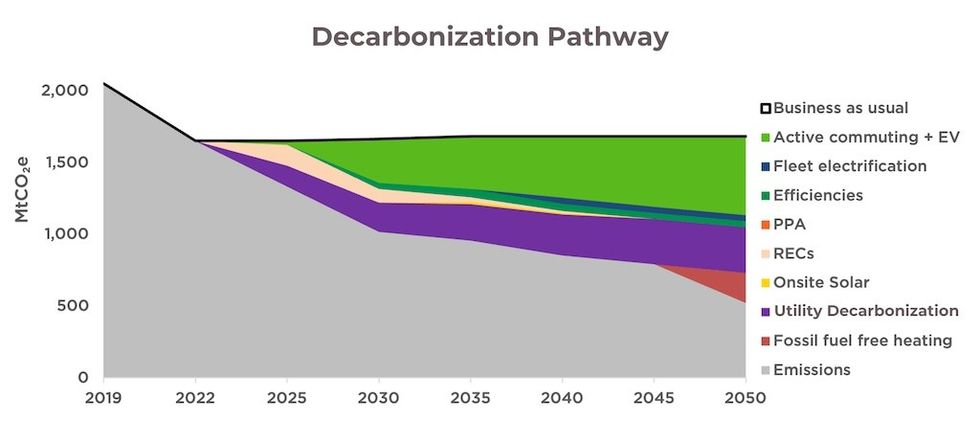
Most successful decarbonization targets are selected after carefully analyzing the decarbonization potential of available strategies the organization hopes to employ. See the example of the decarbonization pathway below for one organization's strategies by category to reduce emissions.
While the specific tactics often vary, nearly all organizations’ decarbonization pathways include three key strategies:
- Electrification: Divestment from fossil fuels is a necessary element of decarbonization. To achieve net zero—or a similar emission reduction objective—building energy systems, vehicle fleets, and appliances must be electrified.
- Renewable energy procurement: Procuring carbon-free electricity is the next critical step in decarbonization. Clean, renewable electricity is necessary to ensure electrification efforts lead to lower GHG emissions. On-site renewables, power purchase agreements, renewable energy certificates, and utility decarbonization are all options to advance renewable energy procurement.
- Value-chain decarbonization: The first two strategies deliver decarbonization for operational emissions, known as Scope 1 and 2. The next step is to tackle indirect upstream and downstream emissions, or Scope 3 emissions. Applicable Scope 3 categories may include emissions from purchasing, employee commute, and business travel.
Implement
Once an organization identifies a decarbonization pathway and adopts a clear target, the next step is focused implementation. To implement the plan, an organization may leverage existing staff and governance structures, create new sustainability -focused roles and groups, or engage external partners.
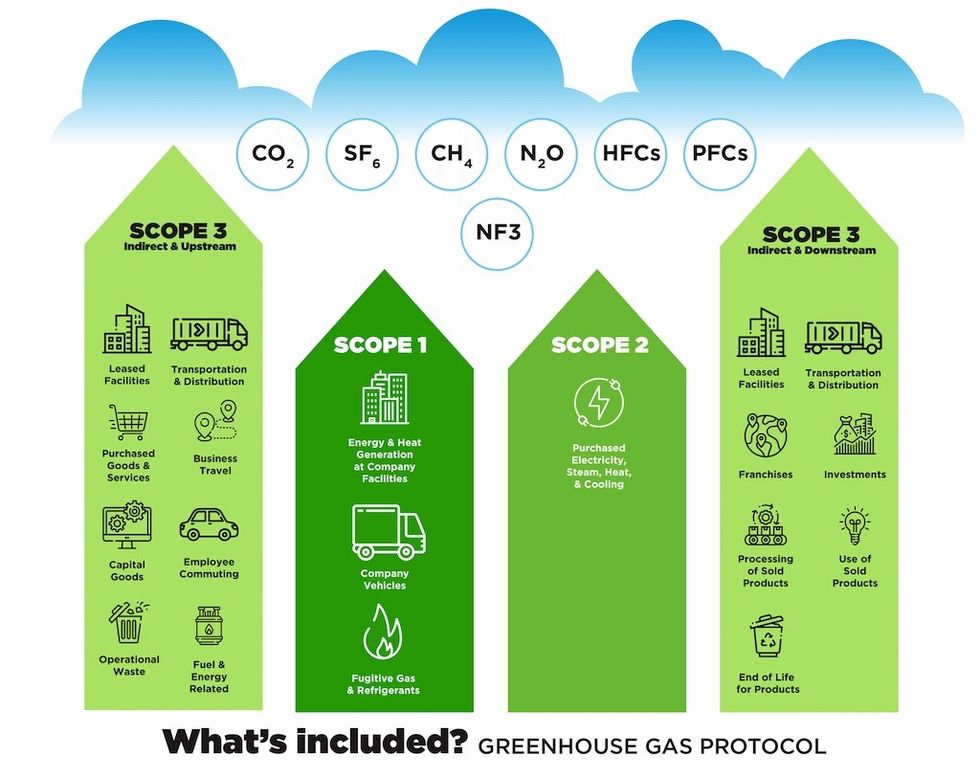
It is important to assess progress and reevaluate decarbonization pathways over time. The three-step process outlined above can be adjusted and repeated to ensure that the emission reduction plan remains effective and relevant for the organization.
Impact
Cultural institutions that undergo decarbonization initiatives can amplify their environmental impact far beyond their operational emission reductions via their positions as trusted educators and leaders in the community.
Through participation in a decarbonization process, museums, zoos, and cultural facilities can transform their journey into a powerful educational moment. This has the potential to resonate with millions of annual visitors.
The relationships guests establish with wildlife at zoos or with scientific phenomena at discovery centers create deep, emotional connections. This can then support a greater understanding of climate change impacts.
Meaningful guest experiences combined with clear examples of climate action from the organization can help bridge the gap between awareness and personal action for guests.
The Aquarium Conservation Partnership ’s Energize for the Ocean campaign, funded by the Institute of Museum and Library Services, exemplifies how impactful cultural institutions can be in inspiring sustainability in personal behaviors. The campaign demonstrates actions visitors can take to reduce their carbon footprint in connection with marine conservation.
When visitors see these trusted institutions leading by example through their own decarbonization efforts, it lends credibility and urgency to the climate action message.
Keys to successful decarbonization
Regardless of the specific strategies employed to achieve decarbonization, several key elements are vital to the success of a decarbonization pathway. At the base of every effective plan is the data that drives decision-making and ensures the most impactful strategies are prioritized. Equally important is assembling the right team, ensuring the selected individuals represent a range of roles and perspectives.
Finally, an element of collaboration enhances the project’s potential. Especially because decarbonization will have a transformative impact on an organization’s operations.
Data
Decarbonization plans must begin with high-quality data on the organization’s current emissions impact. This information enables the organization to select reduction strategies that will have the most significant impact based on its emissions portfolio. Science-based models give decision-makers the knowledge to balance ambition with feasibility when determining targets.
Cultural institutions need to invest in collecting individualized data. Each tends to operate in highly unique facilities and operational contexts. For example, life-support systems will set a different energy baseline for zoos and aquariums due to plant and animal needs.
For museums, temperature and humidity controls are necessary for art and cultural object preservation, and specialized lighting for exhibits has an additional impact on energy use. Every organization in this industry faces distinct challenges and opportunities, making accurate data integral to charting an effective course of action.
Decarbonization targets vary widely among cultural organizations, but a common thread shows their great ambition relative to their unique circumstances.
Participation
People participate in what they help create, making it crucial that any decarbonization project be participatory in nature. Every decarbonization process should start by identifying key players and ensuring coverage of all functional areas of the organization.
Having the right people in the room for these conversations secures representative decision-making while establishing a sense of ownership over the outcomes. As participants contribute to the planning process, they naturally become champions for decarbonization, pushing for its success and ultimately securing organizational commitment.
Collaboration
Decarbonization is hard work, but you don’t always have to take the first or next big step alone. By seeking opportunities for collective impact, organizations can accelerate change by pooling resources and distributing costs, sharing best practices, collaborating for innovation, and inspiring others to act.
Peer collaboration has been an essential tool for cultural institutions tackling the difficult task of harnessing funding for decarbonization.
In early 2024, the Caretakers of Wonder secured $268,202 in climate-smart grant funding from the National Endowment for the Humanities to initiate climate action planning for the group’s seven museums serving children and families. In 2023, the Aquarium Conservation Partnership (ACP) was awarded $661,376 from the Institute of Museum and Library Services to support decarbonization for ACP members over four years.
Collaboration is a critical tool for climate action. Engagement strategies can facilitate partnerships with peer institutions, local partners, and the many guests who walk through your doors!
Ready to decarbonize?
By integrating data-driven decisions, diverse expertise, and fostering collaboration, cultural institutions can build a resilient and impactful approach to decarbonization. These components empower organizations to make meaningful progress toward net zero while driving broader operational and cultural transformation.
Our Net Zero Pathway supplies your organization with the necessary expertise and tools to accelerate decarbonization efforts and set you apart as a climate leader. Reach ou t today - we’re always happy to chat.
Megan Belongia is dedicated to finding creative solutions to climate challenges and equipping communities with essential tools for resilience. She has a background in sustainable agriculture and regenerative food systems while advocating for equity and resilience through data-driven climate action. As analytics team coordinator at Verdis Group, Belongia collaborates with analysts to empower partners in setting and achieving science-based decarbonisation and sustainability targets.
Ashley Jonas draws from her anthropological background to bring a unique interdisciplinary perspective to data analysis and sustainability challenges. At Verdis Group, she transforms complex data into actionable insights through interactive dashboards, emissions modelling, and decarbonization planning, demonstrating her commitment to evidence-based climate action.







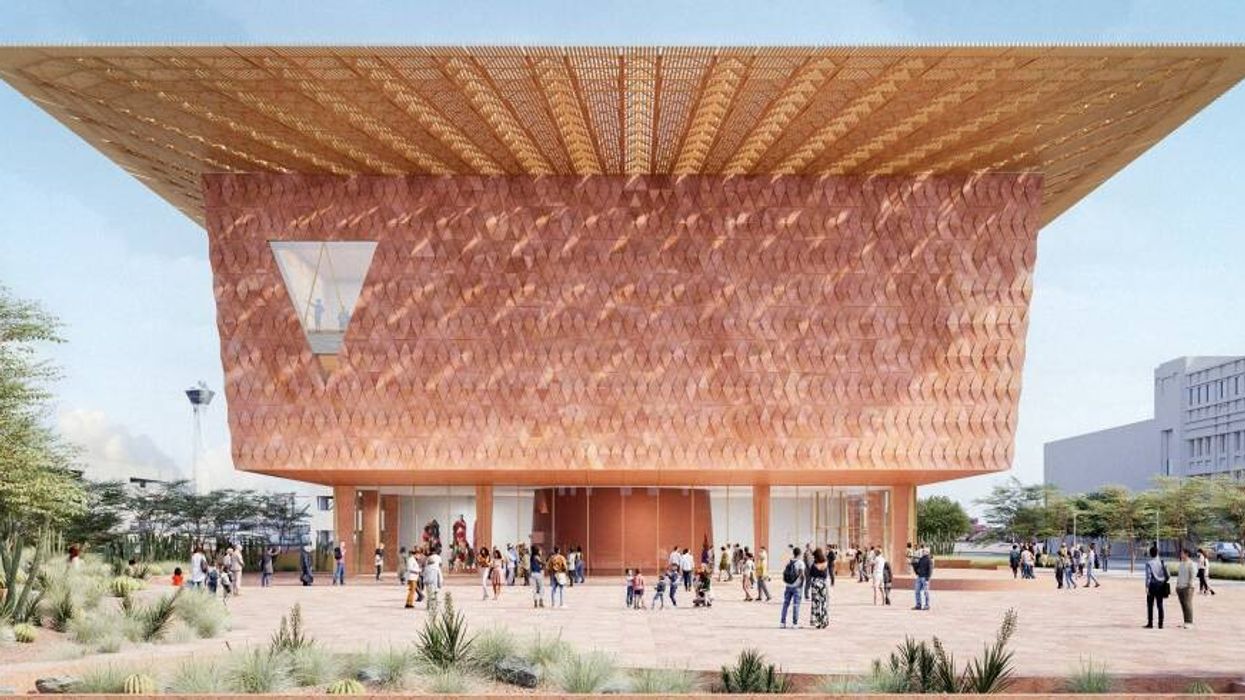



 Christian Lachel, chief creative officer, BRC Imagination Arts
Christian Lachel, chief creative officer, BRC Imagination Arts  Image credit AA+W - stock.adobe.com
Image credit AA+W - stock.adobe.com Chocoversum Image credit Sebastian Fuchs
Chocoversum Image credit Sebastian Fuchs 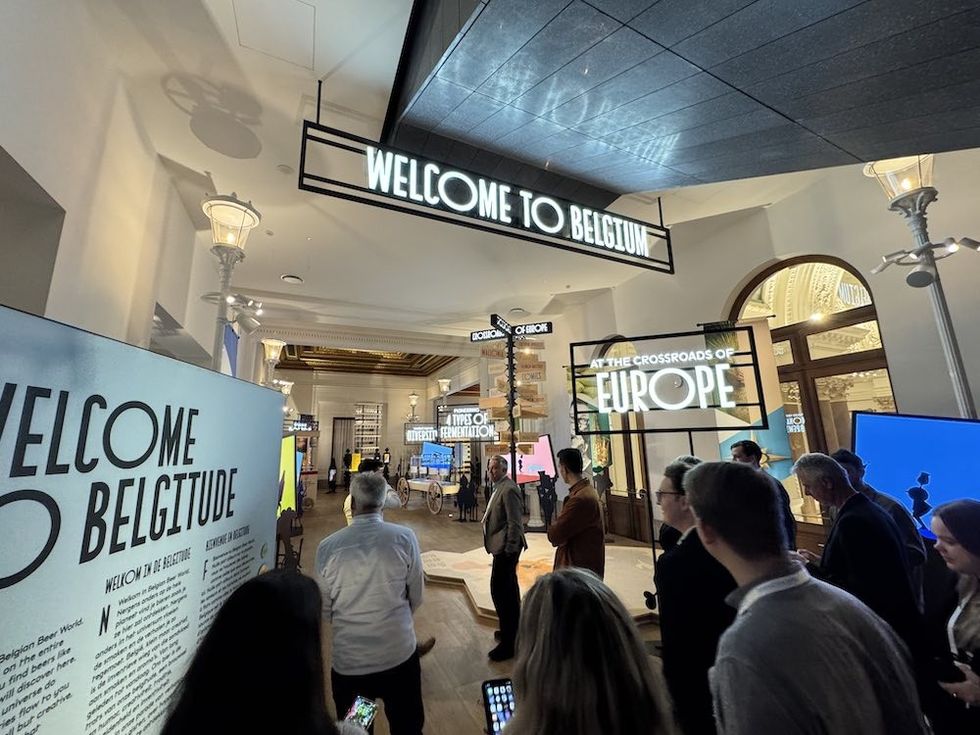 Belgian Beer World
Belgian Beer World 







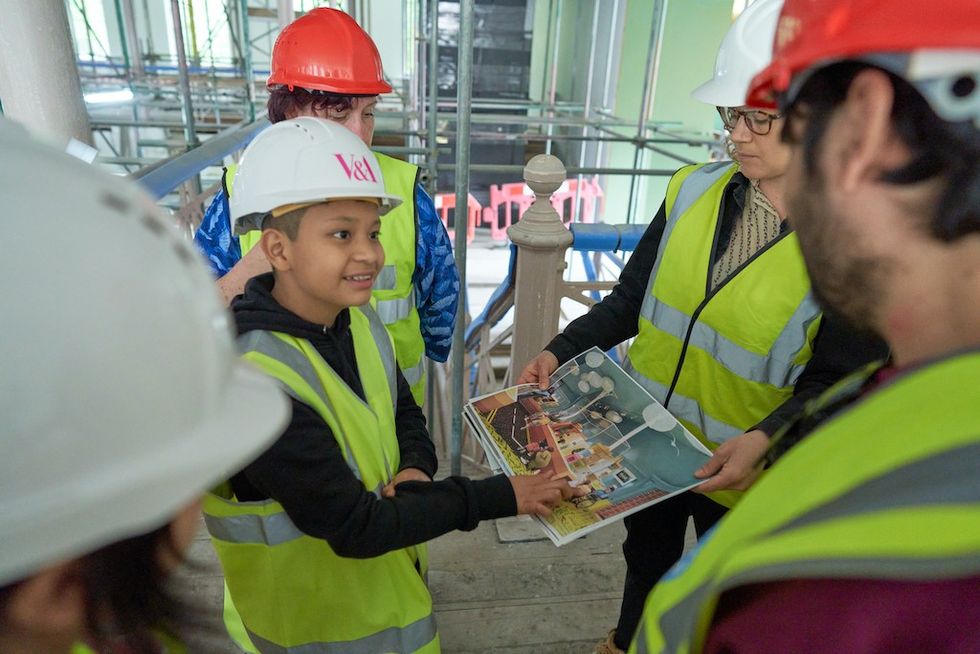 Young V&A Youth Collective members have a tour of the Young V&A construction site. Image courtesy of Young V&A.
Young V&A Youth Collective members have a tour of the Young V&A construction site. Image courtesy of Young V&A. 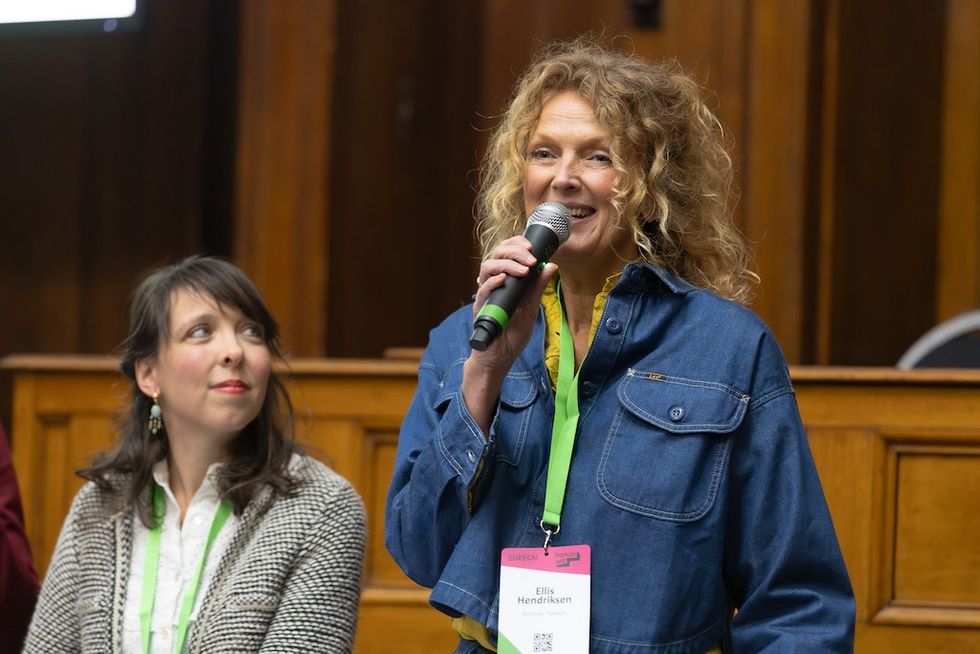 Floriane Perot and Ellis Hendriksen
Floriane Perot and Ellis Hendriksen
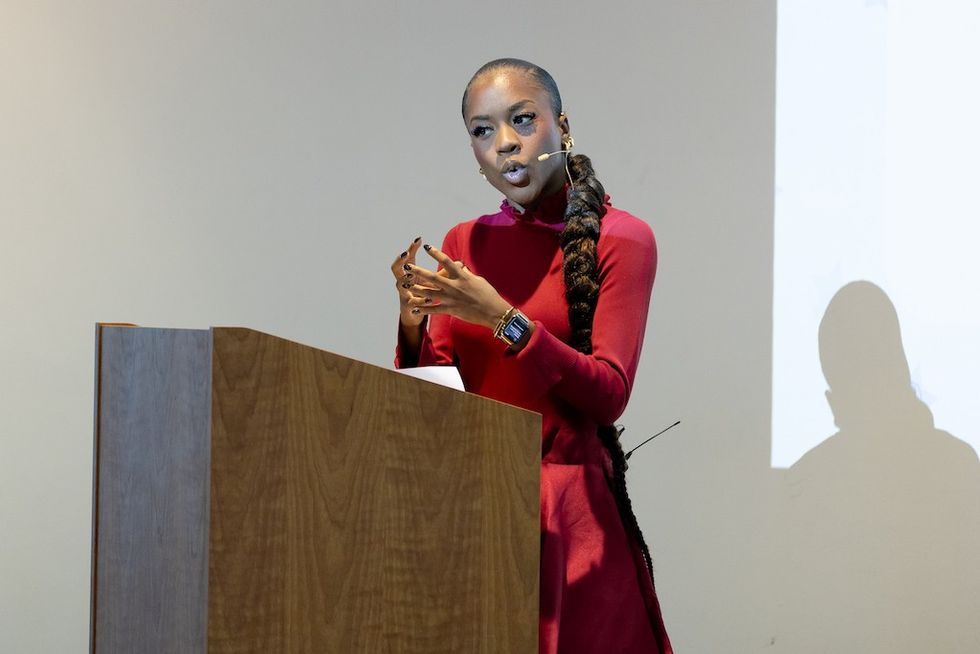 Amber Ogunsanya-William
Amber Ogunsanya-William Tumblestone Hollow adventure playground by CAP.CO
Tumblestone Hollow adventure playground by CAP.CO 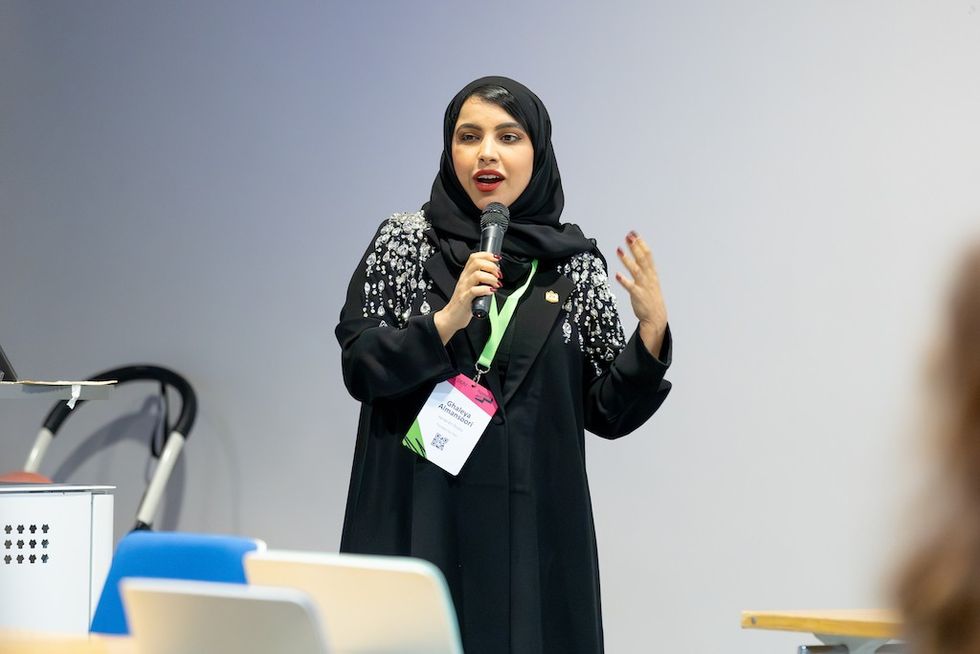 Ghaleya Al Mansoori
Ghaleya Al Mansoori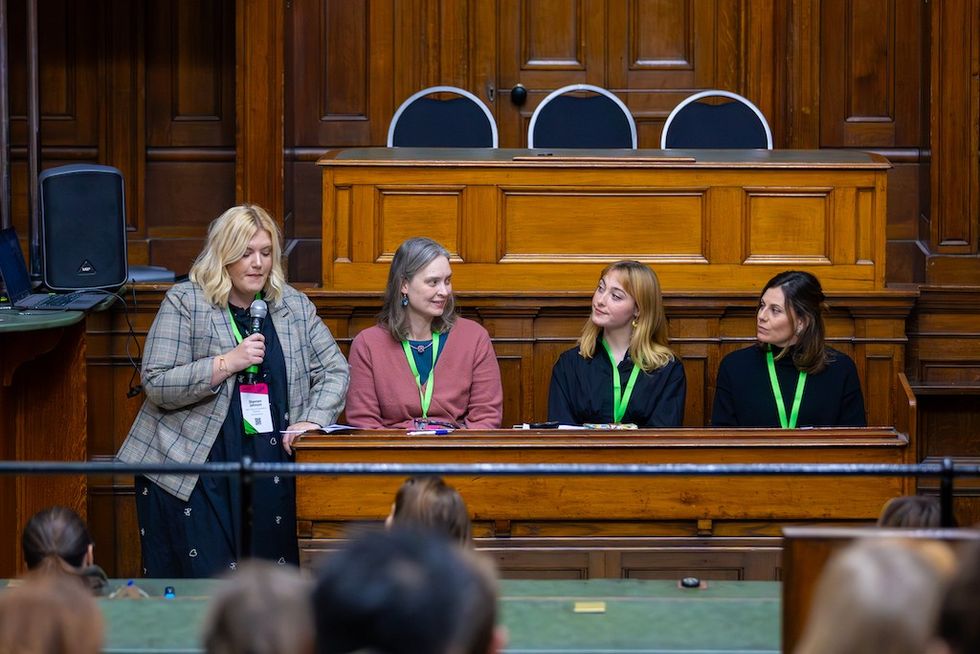
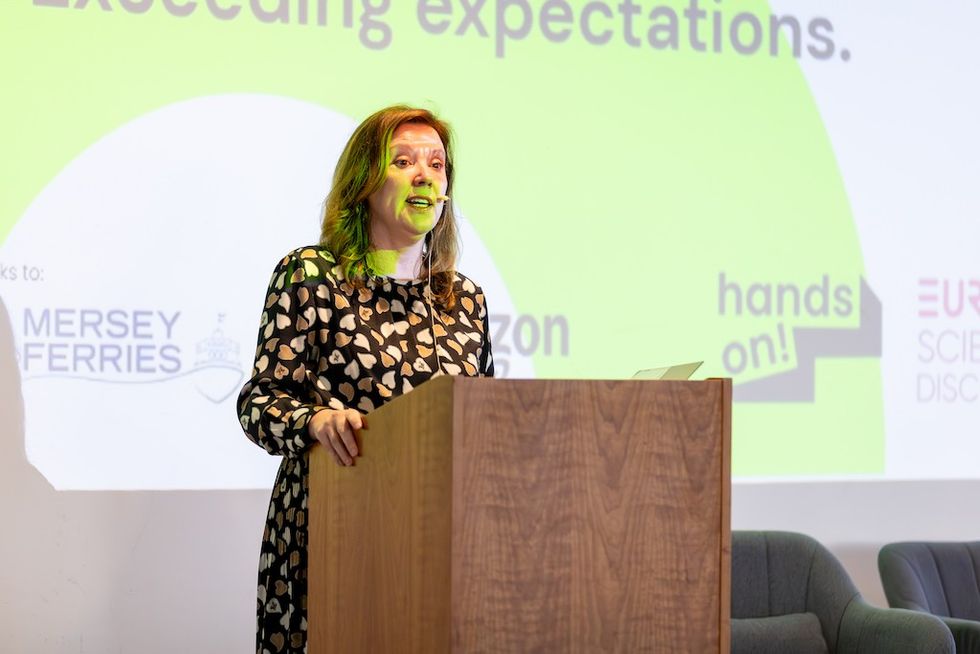 Dame Rachel de Souza
Dame Rachel de Souza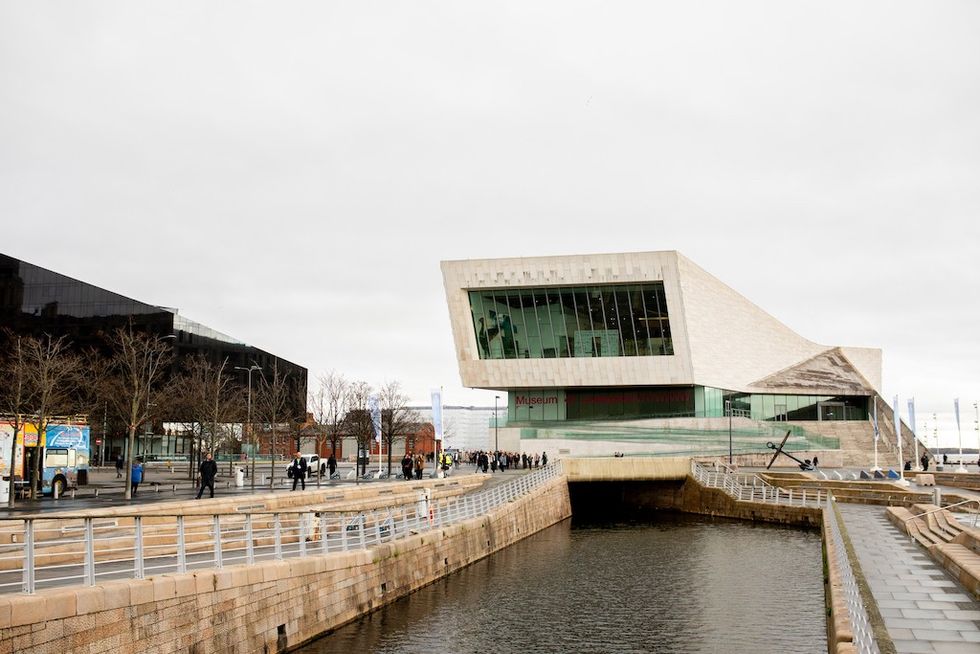 Liverpool Museum
Liverpool Museum
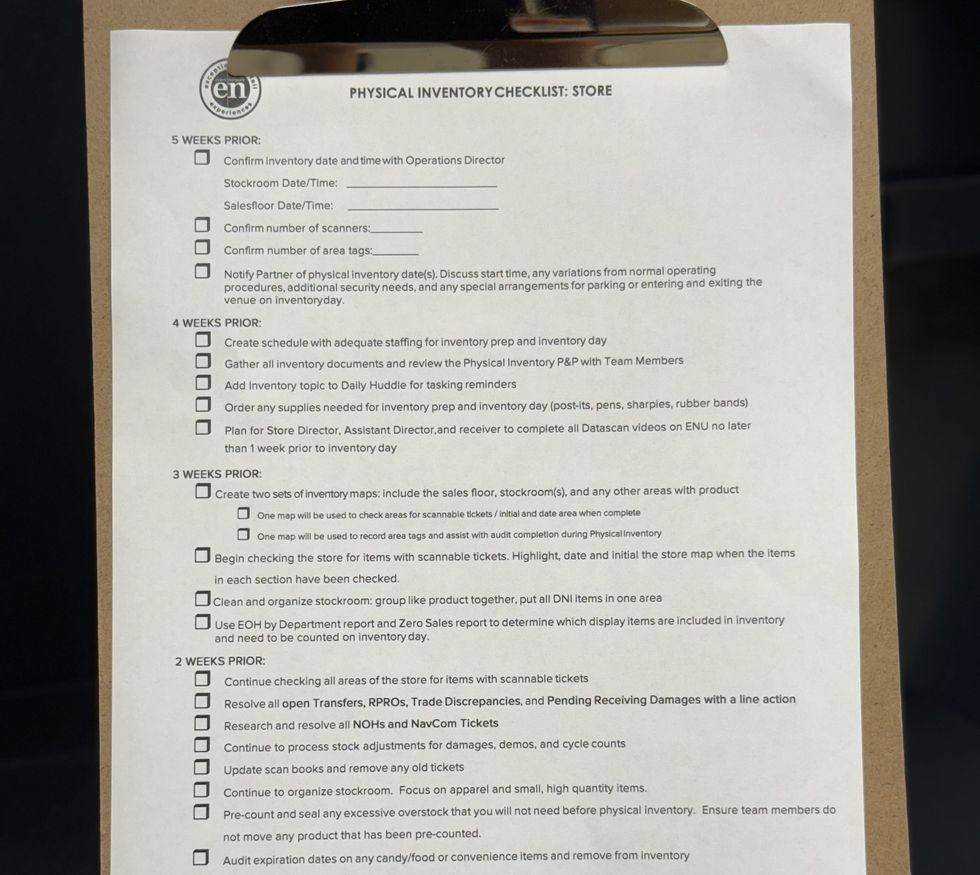

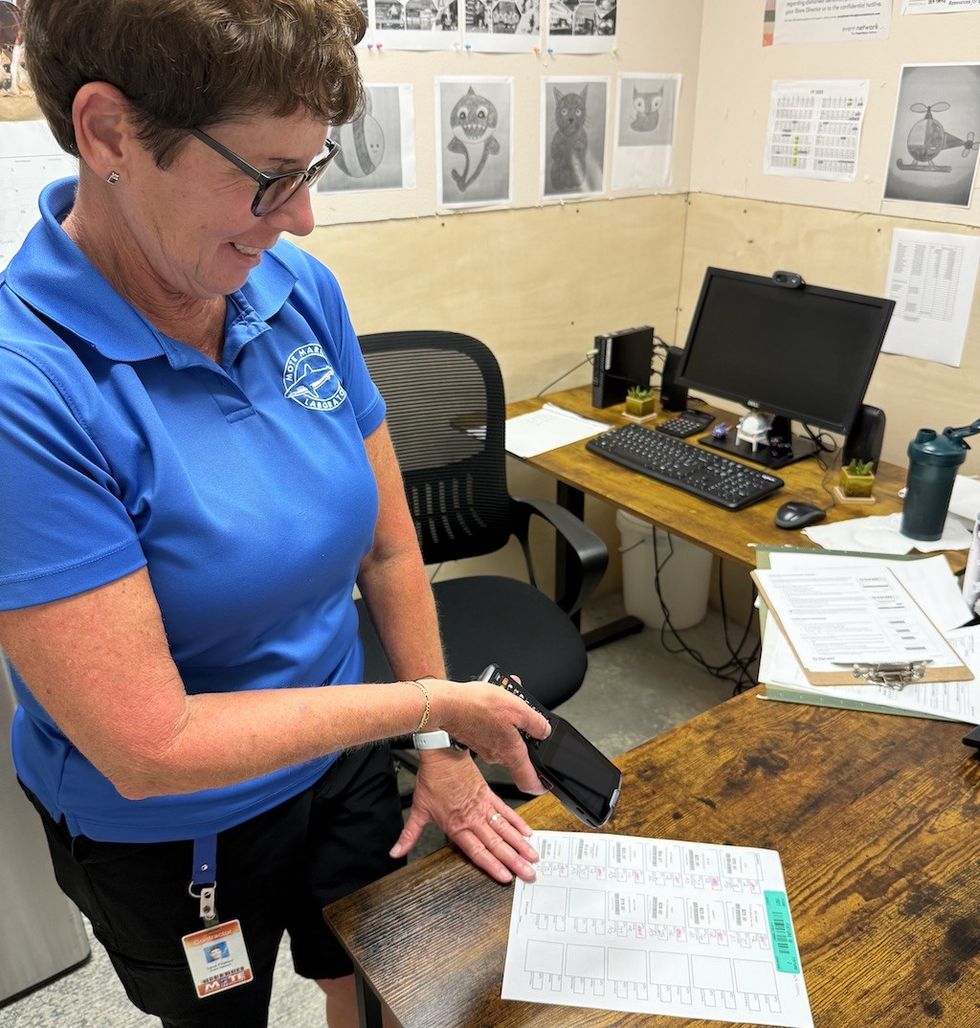


 Guests display a commemorative UN stamp sheet marking the 100th anniversary of the Palace Museum at the UN headquarters in New York, May 2025 (Xinhua)
Guests display a commemorative UN stamp sheet marking the 100th anniversary of the Palace Museum at the UN headquarters in New York, May 2025 (Xinhua)






